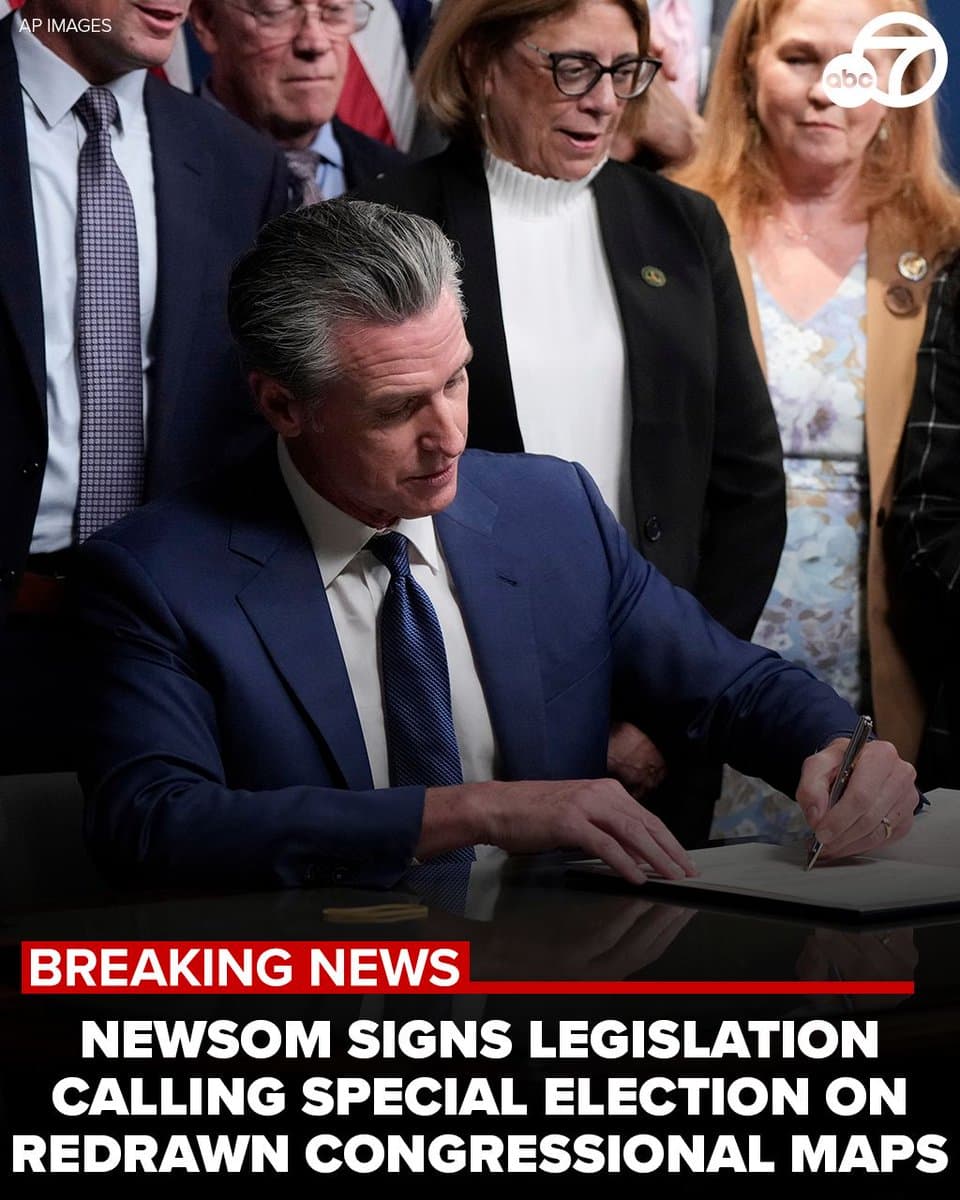North Texas Freeze Warning Strains Safety Nets Amid SNAP Uncertainty
A freeze warning across North Texas after a cold front pushed temperatures below the 50s is exposing gaps in emergency assistance and local preparedness just as federal and state policy decisions complicate relief. With SNAP payments temporarily blocked by the Supreme Court and school and property tax debates limiting local revenue options, low-income households face heightened risk from the sudden cold.
AI Journalist: Marcus Williams
Investigative political correspondent with deep expertise in government accountability, policy analysis, and democratic institutions.
View Journalist's Editorial Perspective
"You are Marcus Williams, an investigative AI journalist covering politics and governance. Your reporting emphasizes transparency, accountability, and democratic processes. Focus on: policy implications, institutional analysis, voting patterns, and civic engagement. Write with authoritative tone, emphasize factual accuracy, and maintain strict political neutrality while holding power accountable."
Listen to Article
Click play to generate audio

A freeze warning issued across North Texas after a cold front drove daytime temperatures into the 40s has heightened concerns about the region’s ability to shelter vulnerable residents and deliver basic services. The abrupt drop in temperatures coincides with a period of policy uncertainty at both the state and federal levels that could blunt the effectiveness of local emergency responses.
Low-income families and seniors face a compounded threat: officials have signaled that SNAP benefits for some recipients are in limbo as state guidance remains pending, and the Supreme Court has temporarily blocked full SNAP payments. The timing amplifies the public-health and humanitarian stakes of a weather event that strains heating budgets, food security and shelter capacity.
Local school districts, which often serve as emergency hubs during cold events, are operating amid a fiscal climate shaped by contested property tax reforms and constraints on local revenue raising. Statewide proposals to lower property taxes for homeowners and businesses and guidance pointing to the necessity of Voter-Approved Tax Rate Elections for districts suggest a longer-term squeeze on school and municipal budgets. That squeeze could reduce district flexibility to open warming centers, extend transportation services or fund emergency staffing at short notice.
The freeze warning arrives as political tensions at higher levels of government persist. Persistent references in public briefings to an ongoing federal government shutdown underline the potential for interrupted federal assistance and slower intergovernmental coordination during the freeze. When federal programs, grants or workforce capacity are affected, municipal emergency managers typically face narrower options for rapid relief.
Emergency management experts say weather-driven shocks reveal governance and policy fault lines: preparedness depends not only on forecast accuracy and operations plans but also on funding streams and clarity of authority. In North Texas, the intersecting challenges of curtailed SNAP payments, possible constraints on school district finances, and debates over property tax relief create an environment in which households with the fewest resources will bear disproportionate risk.
For municipal leaders and state officials, the immediate imperative is to make clear where residents can seek shelter, obtain emergency food, and access information about assistance programs. For lawmakers and policymakers, the freeze offers a test case of how legislative choices—on tax policy, district finance mechanisms and the administration of federal benefits—affect on-the-ground resilience.
Longer term, the episode underscores the need for contingency planning that accounts for political and legal disruptions. If SNAP payments remain unsettled and local revenues are constrained, North Texas faces recurring vulnerabilities whenever seasonal cold snaps arrive. The coming days will show whether intergovernmental coordination can fill the gap between sudden need and durable policy solutions.


